Thanks to the F1 V10, the scream of a V10 engine is etched into Formula 1’s history—a defining sound of the 1990s and early 2000s, an era remembered for raw speed, driver skill, and unfiltered excitement. Today, as F1 leans into hybrid technology and sustainability, a growing movement is pushing for the return of these iconic power units.
Recent headlines reveal Max Verstappen’s vocal interest, Christian Horner’s public endorsement, and even FIA President Mohammed Ben Sulayem’s openness to revisiting the idea. But with F1 committed to hybrid engines until at least 2029, is this a genuine possibility—or just nostalgic dreaming?
See also:
Honda Mourns Brazilian Racing Legend Gil de Ferran – His Early Motorsport Career And Racing Legacy
Why The V10 Engine Debate Is Heating Up
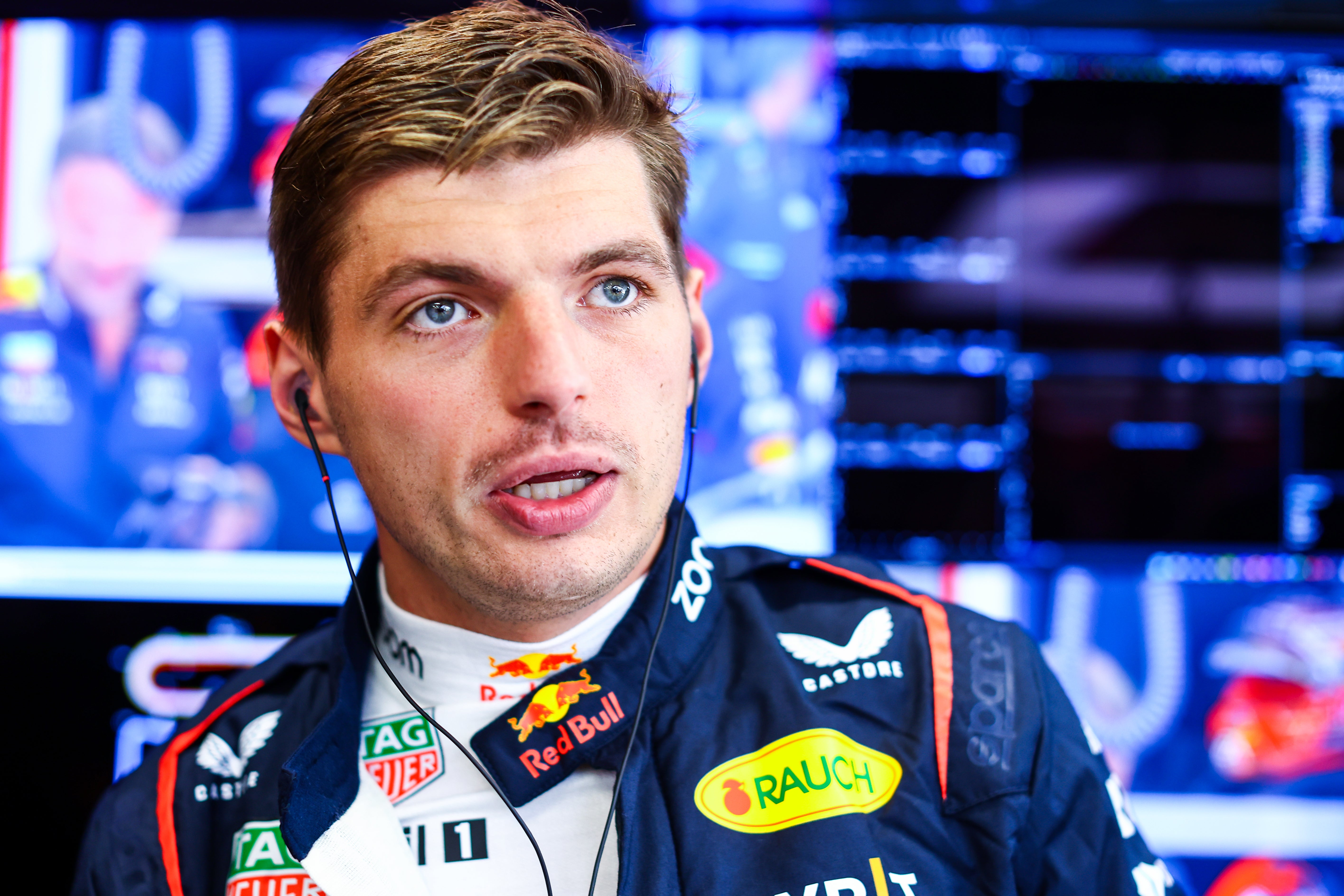
Max Verstappen.
The debate over reviving Formula One’s iconic V10 engines is heating up, fueled by star drivers and team principals who believe the sport has lost its raw appeal. Max Verstappen, a vocal advocate, has repeatedly praised the V10 era, telling Sports Mole, "The sound, the aggression—it’s what made F1 special." His sentiment is echoed by Red Bull Team Principal Christian Horner, who argues that "emotion and sound are vital for the sport."
For them, the screaming 19,000 RPM engines of the 1990s and early 2000s represent F1’s golden age—a time when the visceral experience, not just the racing, captivated fans.
However, not everyone agrees. Younger drivers like George Russell and Lando Norris emphasize the importance of hybrid technology, which aligns F1 with the automotive industry’s shift toward sustainability. "Road relevance is crucial," Russell has argued, pointing out that manufacturers invest in F1 to develop efficient powertrains for future road cars.
The current V6 turbo-hybrids, introduced in 2014, may lack the aural drama of V10s, but they showcase cutting-edge energy recovery systems—a key selling point for brands like Mercedes and Ferrari. The financial and logistical hurdles of reintroducing F1 V10s are also significant. F1’s current engine regulations are locked in until 2026, and a switch would require unanimous support from teams—many of whom have invested heavily in hybrid R&D.
Indeed, the FIA has reaffirmed its commitment to the 2026 hybrid regulations, which will introduce power units with increased electrical output and 100% sustainable fuel. While discussions about alternative engine formats continue, the governing body remains focused on reducing costs, improving efficiency, and ensuring environmental responsibility.
While Verstappen and Horner’s push taps into fan nostalgia, F1’s commitment to carbon neutrality by 2030 complicates matters. A compromise, such as synthetic fuels paired with high-revving engines, could bridge the gap between spectacle and sustainability. But for now, the V10 remains a dream—one that divides the paddock between those chasing emotion and those focused on the future.
#BringBackV10s
The push to revive the F1 V10 engine isn’t just coming from drivers and team bosses—fans are leading the charge. Social media campaigns like #BringBackV10s and petitions such as the "Revive the Roar" initiative (which gathered over 50,000 signatures) highlight a deep-seated longing for the sport’s most electrifying era.
Many argue that modern F1, despite its technical brilliance, lacks the raw emotion that defined the V10 age—the deafening scream of engines, the sheer aggression, and the unfiltered spectacle that made races feel like events rather than just competitions.
YouTube compilations of classic V10 races routinely go viral, while fan surveys consistently rank engine sound as a top priority. Even casual viewers associate F1’s peak excitement with the ear-splitting howl of cars like Michael Schumacher’s Ferrari or Mika Häkkinen’s McLaren. Critics of today’s quieter V6 hybrids argue that F1 has sacrificed too much of its soul in pursuit of efficiency.
While F1’s shift toward sustainability is arguably irreversible, fan pressure is forcing the sport to reconsider how it balances innovation with entertainment. Some suggest synthetic fuels or modified hybrid systems could bring back high-revving engines without abandoning eco-conscious goals. Whether F1 listens remains uncertain, but one thing is clear—the demand for V10s isn’t just nostalgia; it’s a call for the sport to reignite its primal thrill.
FIA’s Stance
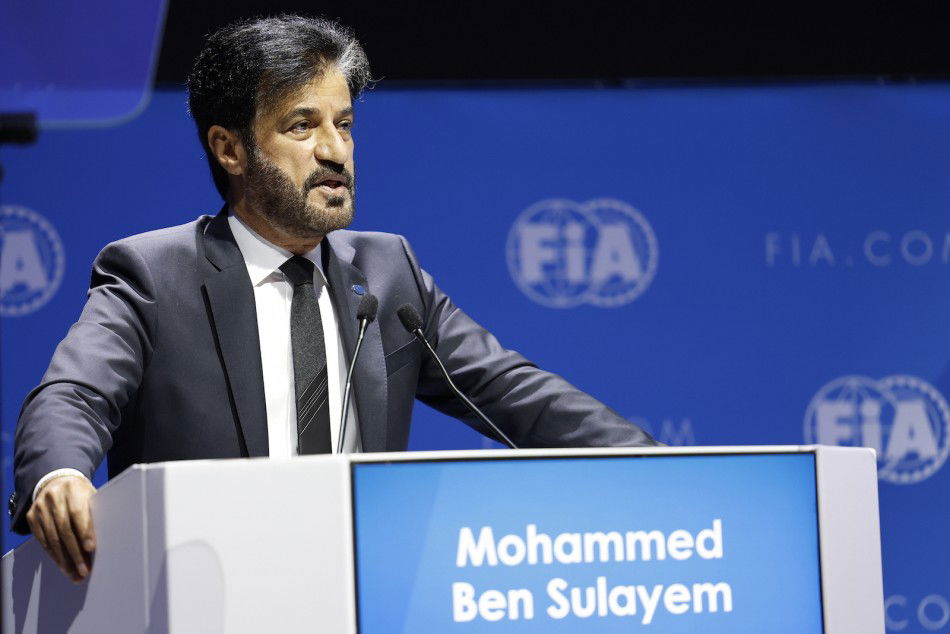
FIA President Mohammed Ben Sulayem.
FIA President Mohammed Ben Sulayem expressed openness to discussions about Formula One’s engine regulations. This fueled speculation about potential changes, specifically the return of the F1 V10. However, despite his willingness to explore alternatives, the reality remains that the 2026 engine regulations are firmly set, with a freeze in place until 2029.
This effectively limits any drastic shifts in Formula One’s power unit philosophy for the foreseeable future. The 2026 regulations will introduce 50% electrification, fully sustainable fuels, and active aerodynamics, marking a significant evolution in F1’s technological landscape.
While Ben Sulayem has reportedly advocated for a return to the F1 V10 engines, the FIA’s leadership and key stakeholders have reaffirmed their commitment to the hybrid power unit framework. Manufacturers such as Audi, Mercedes, and Honda have already invested heavily in the upcoming regulations, making a sudden pivot to V10s highly impractical.
Suffice it to say that Formula One’s future is rooted in sustainability and hybrid technology. While discussions about the potential return of the F1 V10 may continue, any substantial changes before 2029 appear highly unlikely.
The Case For Bringing Back The F1 V10
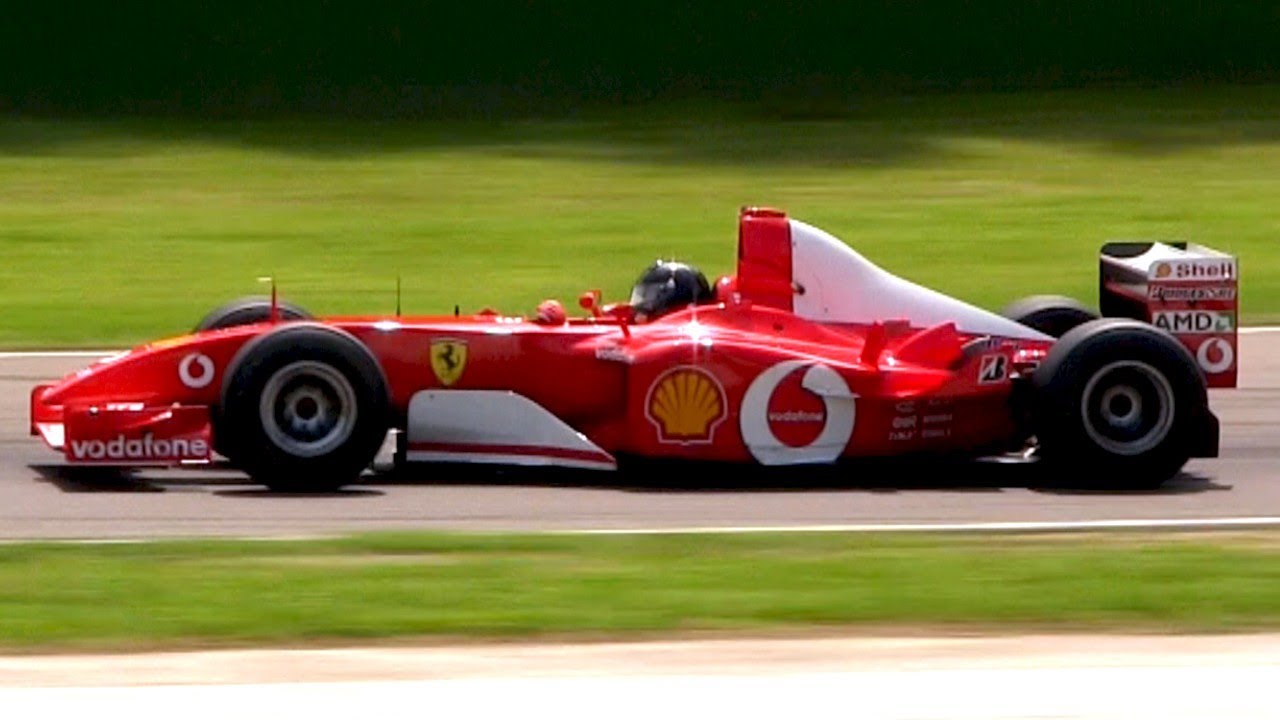
The high-pitched wail of a V10 at 19,000 RPM is not just noise—it’s the sound of Formula One’s soul. No current hybrid power unit, no matter how efficient, can replicate the raw, unfiltered aggression of a naturally aspirated V10 screaming at full tilt. These engines didn’t just sound better—they felt better, delivering over 900 horsepower without turbo lag, energy recovery systems, or artificial sound enhancements.
They were pure, mechanical beasts that turned every on-track battle into a sensory spectacle. Indeed, the driving dynamics of V10-era F1 cars fostered a purer, more aggressive style of racing. Without complex hybrid systems, drivers had to master throttle control, gear shifts, and outright mechanical grip—placing greater emphasis on individual skill rather than energy recovery optimization. The result was spectacle: wheel-to-wheel battles dictated by bravery rather than battery deployment strategies.
Modern F1 has undeniably advanced in terms of technology, but it has sacrificed the visceral thrill that once defined the sport. The V6 turbo-hybrids, while engineering marvels, mute the drama with their subdued exhaust notes and complex power delivery. They simply don’t stir the soul in the same way. Fans didn’t just watch V10-era races—they experienced them, with the soundwaves hitting their chests and the vibrations rattling grandstands.
That emotional connection is irreplaceable, and its absence explains why classic F1 clips still dominate social media while today’s races struggle to capture the same magic. Critics argue that F1 must prioritize road relevance, but this is a false dichotomy.
The sport’s DNA has always been about pushing extremes—not mimicking road cars. If F1 truly wants to reignite fan passion while maintaining technical prestige, it could adopt sustainable synthetic fuels to power high-revving V10s, marrying nostalgia with environmental responsibility. The demand is there—from legends like Verstappen to the grandstands chanting for the past. F1 shouldn’t just evolve; it should remember what made it unforgettable.
See also:
The Top-Ten Best Racing Games Of All Time
The F1 V10’s Simpler Technology
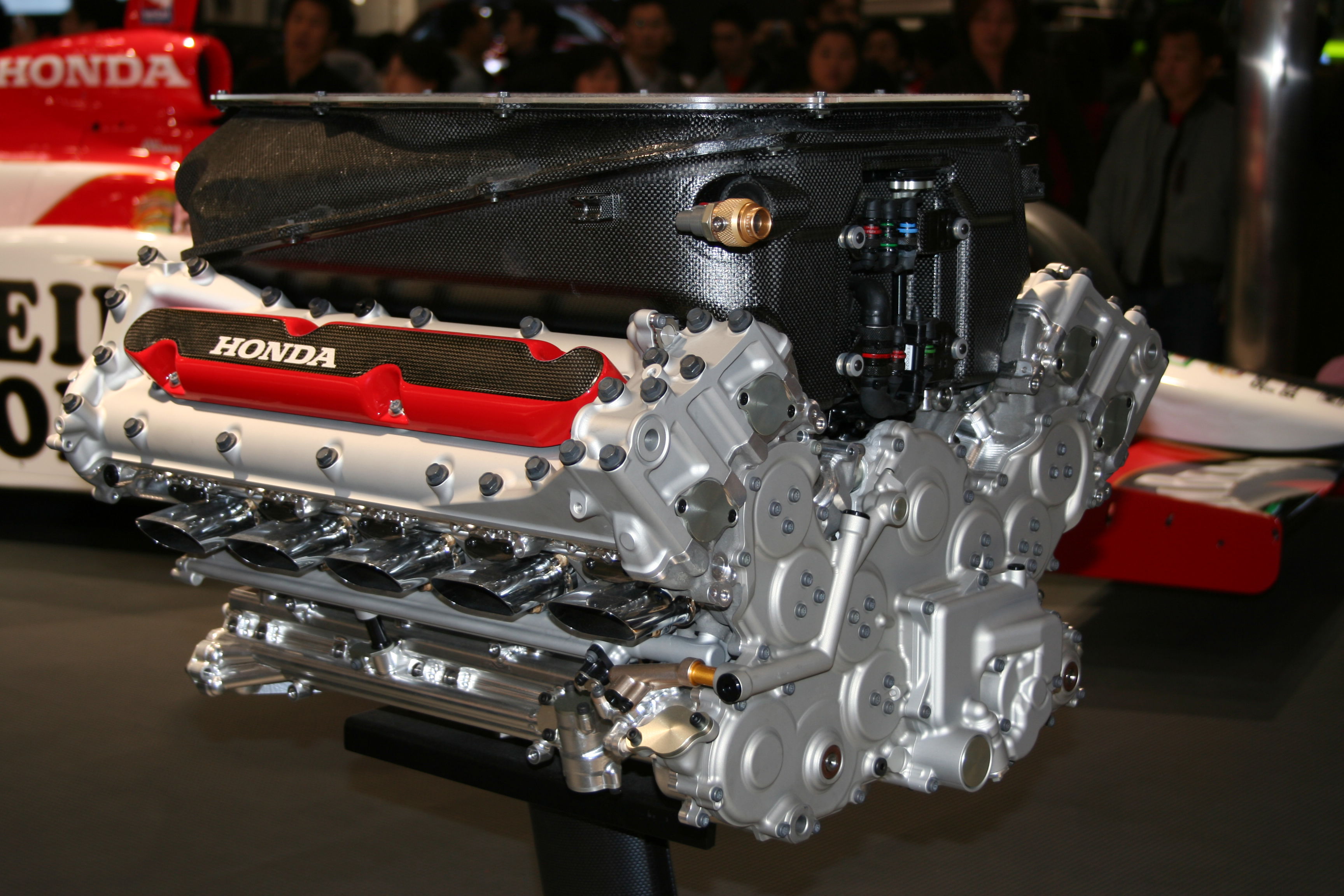
The Honda RA005E engine 2005.
The cost argument reveals why V10’s return to Formula One makes financial sense on several levels. Today’s hybrid power units are engineering marvels, but their complexity comes at a staggering cost. The MGU-H alone—a turbine recovering heat energy from exhaust gases—requires millions in R&D, with only a handful of manufacturers able to compete.
Teams spend upwards of $150 million per season just on power unit development, a figure that locks out privateer teams and stifles competition. Mercedes-AMG HPP's financial filings showed £143 million (approximately $180 million) spent on PU R&D in 2021 alone. In Honda's F1 Exit Statement in 2020, the company admitted annual PU costs exceeded $130–150 million, citing "unsustainable" investment.
Renault (Alpine) CEO Luca de Meo, in 2023, cited €120–140 million per year spent on competitive PU development. Notably, while chassis dev is capped at $135 million/year, PU development is exempt, allowing unlimited spending. By contrast, V10s represent a return to simpler, more affordable technology.
Without hybrid systems, energy recovery complexities, or turbocharging, these engines would slash development costs while still delivering 900+ naturally aspirated horsepower. Maintenance would be cheaper, reliability higher, and the playing field more level—imagine a grid where engine budgets don’t dictate championships.
Indeed, removing the MGU-H, which has been notoriously difficult to integrate into road car technology, aligns with F1’s push for relevance. While hybrids serve a purpose in sustainability, their application in racing is far more costly and complex than some manufacturers would prefer. Even with sustainable fuels, V10s could meet modern environmental standards without the financial burden of hybrid systems.
If F1 truly wants to reduce costs and attract new manufacturers, the answer isn’t more complexity—it’s a return to accessible, thunderous, and cost-effective power. Talk about a practical solution to F1’s spending crisis.
Reclaiming F1's Spectacle
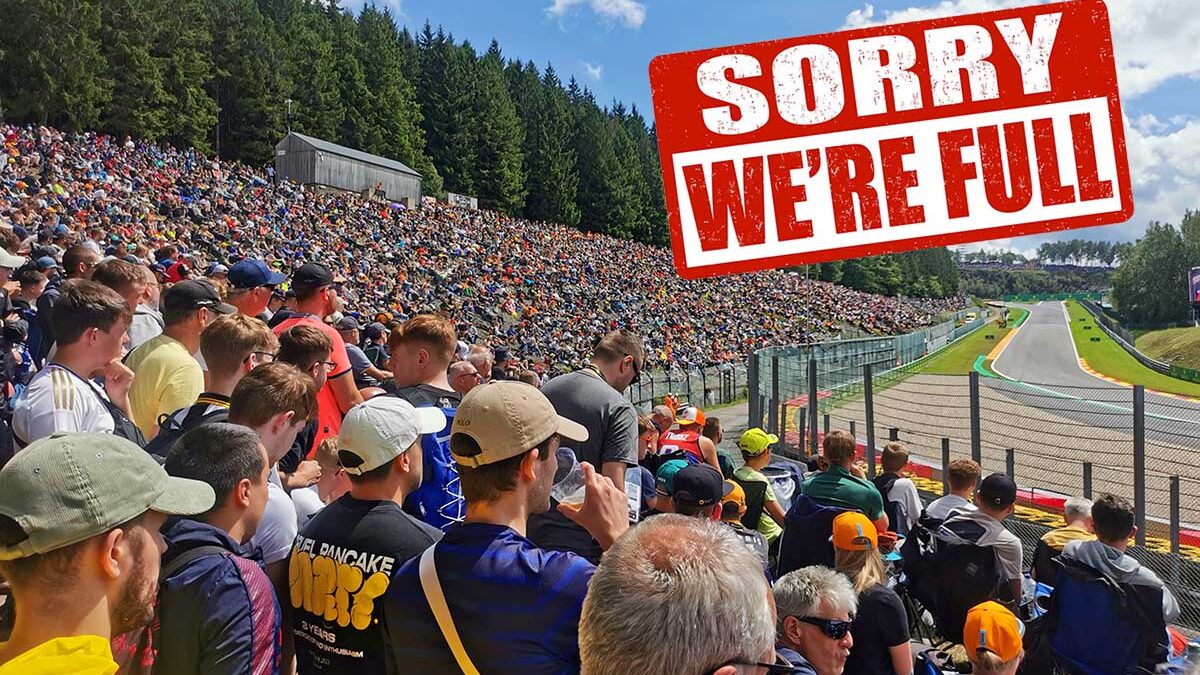
Formula 1 risks losing its entertainment edge as rival series like IndyCar and Extreme E (now Extreme H) deliver louder, more visceral racing. The V10’s return could be F1’s ultimate marketing weapon—a sonic signature no other sport can match.
That ear-splitting scream is the sound of instant brand recognition, the kind that electrified global audiences in the Schumacher era and still dominates highlight reels today. Modern hybrids, for all their innovation, fail to stir the same primal excitement. Younger fans raised on social media crave sensory overload—something the muted V6s can’t provide.
Meanwhile, classic F1 clips with V10s rack up millions of views, proving the enduring appeal of raw, unfiltered speed. If F1 wants to reclaim casual viewers and outshine rival series, it must revive the engine that made it unforgettable. One might argue it’s mistake to look upon the V10 as a relic, when it is potentially the key to F1’s future as the pinnacle of motorsport spectacle.
The Roadblocks to a V10 Revival: Why F1 Won’t Go Back
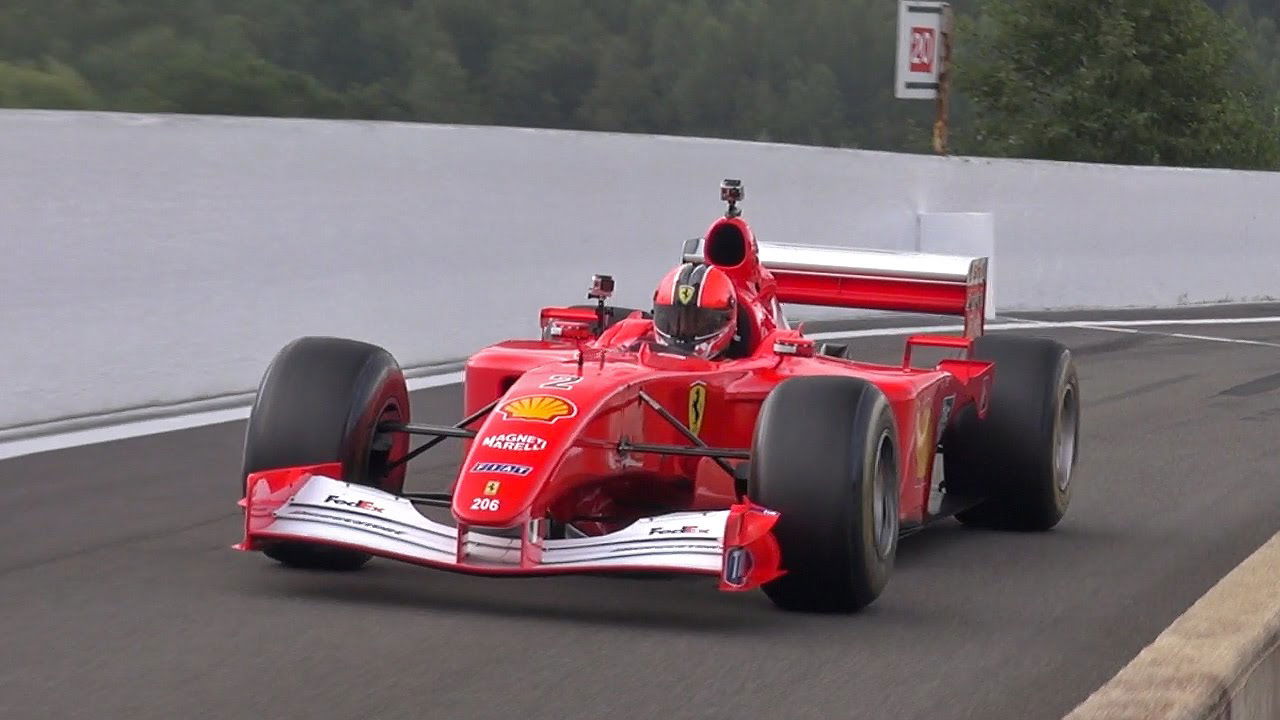
While the roar of a V10 engine stirs nostalgia, Formula 1’s path forward is firmly rooted in hybrid technology and sustainability—making a full-scale return to naturally aspirated power nearly impossible. Several critical barriers stand in the way of a V10 comeback.
Sustainability Commitments
F1 has pledged to achieve net-zero carbon by 2030, a goal incompatible with traditional V10s, which consume far more fuel than today’s ultra-efficient hybrids. Even if synthetic fuels were used, the sheer energy demands of high-revving, non-hybrid engines would undermine F1’s environmental credibility. The sport’s push for 100% sustainable fuels by 2026 further cements its commitment to green technology—leaving little room for gas-guzzling engines of the past.
Cost and Development Challenges
Teams and manufacturers have invested billions in the current V6 turbo-hybrid power units. Scrapping this infrastructure for a V10 revival might be interpreted as financially recklessness, especially when brands like Mercedes, Ferrari, and Renault rely on F1’s hybrid tech to advance their road car programs. Smaller teams, already struggling with budget caps, can’t afford another costly engine transition.
Regulatory Hurdles
The 2026 engine regulations are finalized, with a freeze extending until at least 2029. Any major shift would require unanimous team approval—a near-impossible feat given the competing interests of manufacturers. Even if the FIA wanted to reconsider, the contractual and logistical complications would stall any meaningful change for years.
Manufacturer Resistance
Ferrari and Mercedes have long defended hybrid power units as a core part of F1’s technological prestige. New entrants like Audi (2026) and Ford (returning as Red Bull’s partner) are joining specifically to develop advanced hybrid systems, not retro engines. Without their support, a V10 revival is dead on arrival.
Nostalgia vs. Reality
With F1’s future locked into hybridization and sustainability, the sport may find ways to enhance sound and emotion within the current framework—perhaps through synthetic-fueled high-revving hybrids—but a full V10 revival remains a fantasy. It seems that, for better or worse, F1 has chosen progress over the past.
Can We Bridge The Gap Between Nostalgia And Innovation?
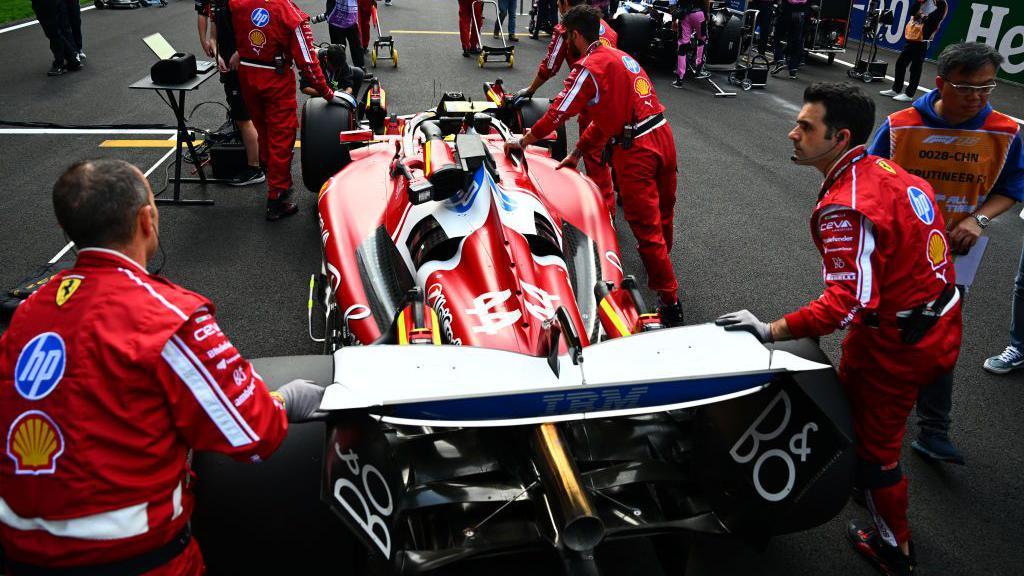
While a full F1 V10 revival remains unlikely, Formula 1 could explore middle-ground solutions to satisfy fan demand without abandoning its hybrid future.
The Sustainable Combustion Option
Synthetic fuels, already in development for F1’s 2026 power units, could offer a path to cleaner V10s. Porsche’s success with e-fuels in motorsport—such as in its Supercup series and GT3 racing—proves high-performance combustion can exist without fossil fuels. If F1’s e-fuel initiative succeeds, a limited-run, carbon-neutral V10 could be used in special events, blending sustainability with spectacle.
See also:
24HR Le Mans: Top 5 Important Rules and the Intricacies of the Penalty System
Heritage Races: Nostalgia as a Side Dish, Not the Main Course
F1 could introduce V10 demonstration runs at historic venues, akin to Monaco Historique or NASCAR’s wildly popular "Throwback Weekends." Imagine a V10-powered exhibition race at Monza or Suzuka, giving fans a taste of the past while keeping the championship focused on modern tech. These events could become major marketing tools as they leverage nostalgia without disrupting the sport’s technical roadmap.
Sound Enhancements: Faking It Until (Maybe) Making It?
For purists, artificial engine notes are sacrilege—but Formula E’s "sound boost" experiment shows amplified acoustics can enhance fan engagement. F1 could modify exhaust resonators or use speaker systems to mimic V10 frequencies in the hybrid era. While inauthentic, it’s a low-cost way to recapture some aural drama.
A Partial Return, Not a Full Revival
F1 won’t abandon hybrids, but clever compromises—e-fueled demos, heritage races, or even sound tweaks—could let the V10’s spirit live on. The key is balancing emotion with evolution.
The F1 V10 Comeback: Realistic Or Mere Nostalgia?

Photo Credit: Pixabay.
As the debate rages on, the voices from the paddock underscore the delicate balance F1 must strike. Ted Kravitz, ever the realist, notes: "2029 is the earliest we could see changes, but hybrids are here to stay." His words reflect the sport’s entrenched direction—one where cutting-edge efficiency takes precedence over yesterday’s thunder.
Yet even within F1’s corridors of power, there’s acknowledgment of what’s been lost. Red Bull’s Helmut Marko, a man who’s witnessed decades of engine revolutions, puts it succinctly: "We must balance passion with progress." It’s a mantra that could define F1’s next era—whether through synthetic-fueled demos, heritage showcases, or simply finding new ways to make hybrids scream.
The V10’s return in full force may remain a dream, but its legacy is undeniable. For now, F1’s challenge is clear: honor its past without sacrificing its future. The roar may fade, but the pursuit of speed—and spectacle—never will.